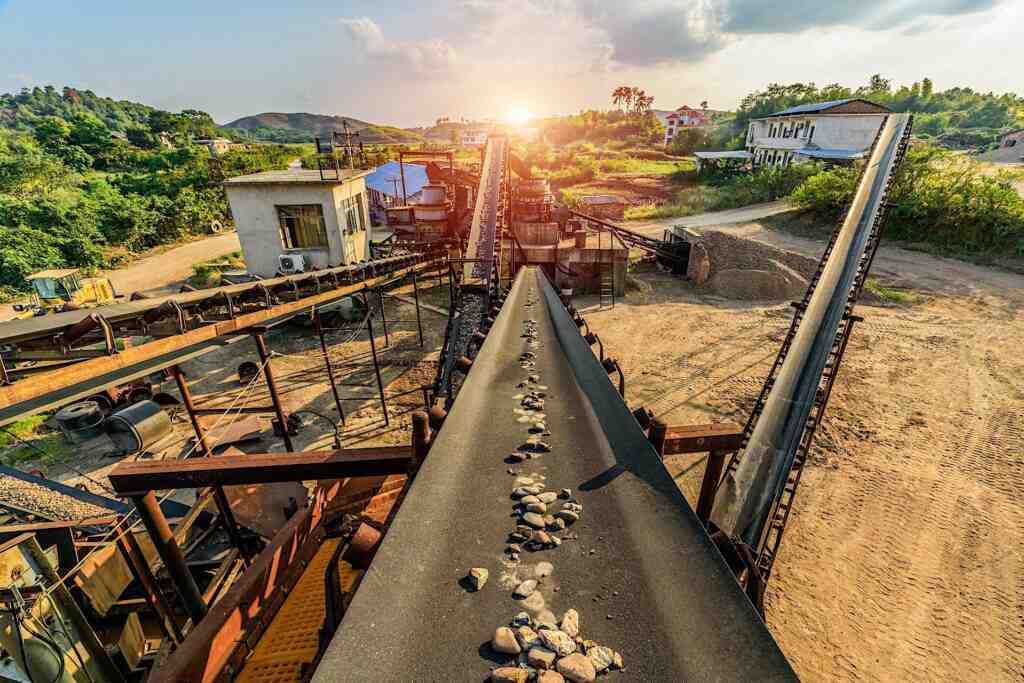
The Skarn team regularly field questions about carbon credits, especially regarding their creation and verification. A recent chance conversation with CarbonHood resulted in an offer to explain the carbon credit process; we thought this might be of interest to our readers.Skarn Associates thanks CarbonHood for providing this article. All views expressed are those of CarbonHood and have not been verified by Skarn Associates.
Carbon credits owned by CarbonHood are issued respecting the following principles:
• Impartiality
• Transparency
• Attention to complaints
• Sustainability in projects
The process of issuing carbon credits adheres to the following four conditions:
• The project is planned and implemented to remove atmospheric carbon in biomass and soils
• The project information is developed in compliance with ISO 14064-2
• The project is validated and verified by a validator/verification body (certifier) accredited to ISO 14065 and ISO 14066
• The project is part of an internationally recognised standard that ensures compliance with methodologies and regulatory criteria
The Project
In the planning of the project, the baseline is defined. The carbon content of the project area is quantified, taking into account carbon emissions that are being generated in that site (physical scope). These measurements are carried out over two periods and predict the trend in time of the sites net carbon balance. With this, the baseline scenario with which the project scenario will be compared is developed. To develop the base line data, one year of information of the carbon behavior in the proposed are project could be necessary. The project is documented for each geographic site.
The project is planned considering the incremental net profit (INB) of the project. The INB is the result of comparing the site both with and without the planned project taking place for the period of time over which with the project will remove carbon in biomass and soils. This planning is carried out both for agroreforestation projects, as well as for existing forests threatened with deforestation actions. With the former, the forest species to be established (local species to protect local biodiversity), planting densities, fertilisations, harvests, weed management, access roads, pruning frequency, and other technical aspects are defined.
It is necessary to demonstrate any risks or threats such as deforestation, other economic activities, subjecting the area to a management plan for timber extraction, or simply the risk of fires during the dry season. If these risks can be demonstrated, forest sites can be treated as an avoided deforestation project with actions implemented to either avoid the deforestation, or interventions implemented so that the site adds more carbon. Conservation management with rigorous protection of biodiversity is also defined, which otherwise would be at risk of ecological deterioration or changes in land use.
In the case of agricultural projects, the same procedure is undertaken; comparing the baseline with the change that will be generated by the project in terms of carbon fixation and carbon additionality over the time of the project. Considering that trees grow and achieve stability between 25 to 35 years in tropical conditions, the net carbon change (inputs and outputs of the system) for a period of 25 years is normally considered.
In all cases, the impact of the project on the net removal of carbon in forest biomass (agro-silvopastoral systems) and the removal of carbon in soils, propitiated by the change in biomass production and by the technological change associated with the project, is considered. Technological change includes increases in the amount of microorganisms in the soil, therefore providing greater potential for carbon fixation in the project area. However, as the project will also consume fuels and fertilizers, which are associated with carbon emissions, then emissions minus removals are estimated to give a net removal figure. This net removal is expressed in tons of CO2 per hectare. Every of net removal as a result of the project is considered a carbon credit.
The additional accumulation of carbon during the period of time in which the project will be maintained (e.g. reforestation over 25 years) is projected, taking into account both emissions and removals during that period.
In conservation projects, carbon additionality can also be accompanied by improved biodiversity and water management, which might also be considered as credits (under development by CarbonHood).
The project information collected; technical, carbon removals, carbon emissions, other emissions (e.g. from livestock), quantification methodologies, as well as the formats for data recording (diameters and height of the trees in the plots etc) are maintained in a project management system.
With all the projected estimates, measurement methodologies and the project report (under ISO 14064-2), the project developer carries out a public consultation with the locals of the surrounding communities who can express their support or disagreement with the project. If the project is locally accepted the project continues. If it is not, the project is rejected.
ISO 14064-2 Standard
ISO 14064-2 is specific to projects issuing carbon credits. For this reason, both the project developer and the validator/verification entity (certifier) are guided by it. This standard indicates that every project must demonstrate carbon additionality, so the baseline, its scenarios and the project scenarios must be well founded. In the same way, any reports, and the management plan developed, must be attached to this standard. This standard is clear that any project established to issue carbon credits must be validated after planning and verified once it is implemented by a competent and impartial external entity that guarantees that the carbon credits generated are real, are georeferenced and are the result of a positive impact of the project.
Validation/Verification
The validator/verifying body of ISO 14065 and ISO 14066 gives quality assurance of the information presented by the project, guarantees the net removal and communicates the findings in order to proceed with the issuance of credits.
Validations and verifications are carried out by competent impartial auditors, competent under ISO 14064-2 and 14065, in accordance with the management procedures defined by the certifier under ISO 14065. Validations focus on methodologies, in terms of sampling errors, project scope, assurance level, sample size, sample area, baseline, additionality, among others. The project planning documentation is reviewed in detail. The validators / verifiers evaluate the information and proceed with an onsite evaluation.
After approval of the project by neighbouring communities,the project developer performs an internal validationaccording to ISO 14064-2. A validation declaration isgenerated that may document nonconformities, whichmust be corrected by the project developer.
An external validation is then requested by the project developer from an external verifier (certifier), which generates an external validation declaration. This alsocould highlight nonconformities that must be corrected. The first declaration is then issued (and continues to record the change in stocks over time) and declares the tons of CO2e associated with the project. The developer then proceeds with the registration of the project.
Registration
The project is then registered as being compliant with internationally recognised standards, normally ISO 14065 and ISO 14064-2. The developer then proceeds with the implementation of the project, adhering to the project plan. Monitoring measurements are made every three years for each of the project plots. Parcels of land within the project area are randomly defined for data capture and monitored for tree diameters and heights. Soil subsamples are taken and sent to an accredited laboratory to estimate organic matter content. Monitoring allows the accumulation of carbon between measuring periods to be calculated.
Once the quality of the information has been validated according to the standard, the validator/verification entity issues certificates of carbon credits for commercialisation in the markets. The standard ensures that the information provided by the project proposer has been validated and verified, is in accordance with the required methodologies and free of substantial discrepancies.
Once the credit is issued, the developer can then proceed to the commercialisation of the same, maintaining accounting custody to avoid double accounting, and providing the client with credibility for its use. Thus, polluting companies can access carbon credits, providing offsets for their emissions in compliance with sustainable development goals.
This article was written by CarbonHood.
The CarbonHood group of companies helps mining corporations reduce their carbon footprint through high impact custom built projects located in the geographical areas immediately surrounding their mines. CarbonHood supports local communities, and develop projects that have a high social, environmental and ecological impact. Contact Jason Westlake at:
Email: jason@carbonhood.org
WhatsApp: +506-8667-9663
MORE FROM SKARN

About Us
Skarn Associates is the market leader in quantifying and benchmarking asset-level greenhouse gas emissions, energy intensity, and water use across the mining sector.
